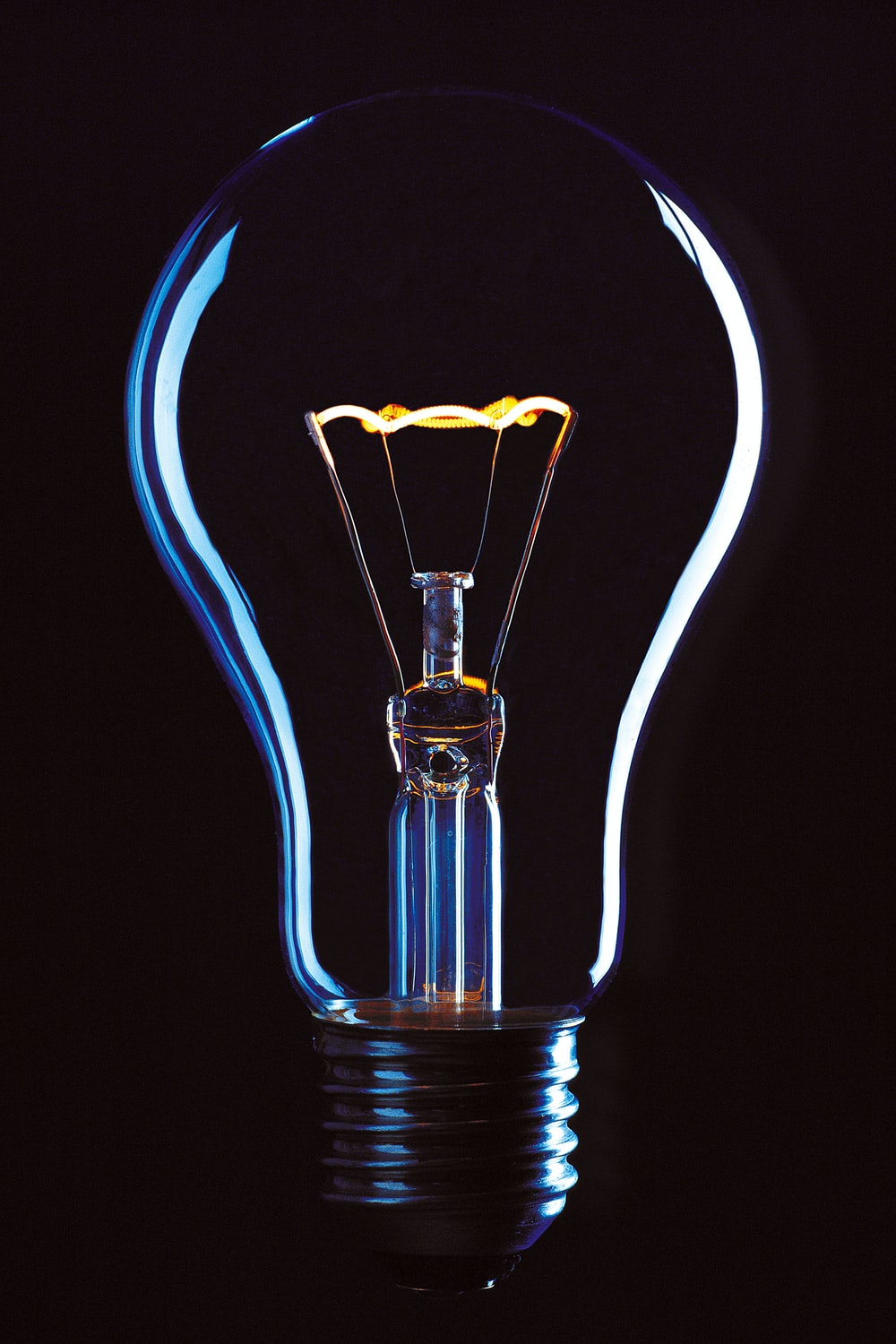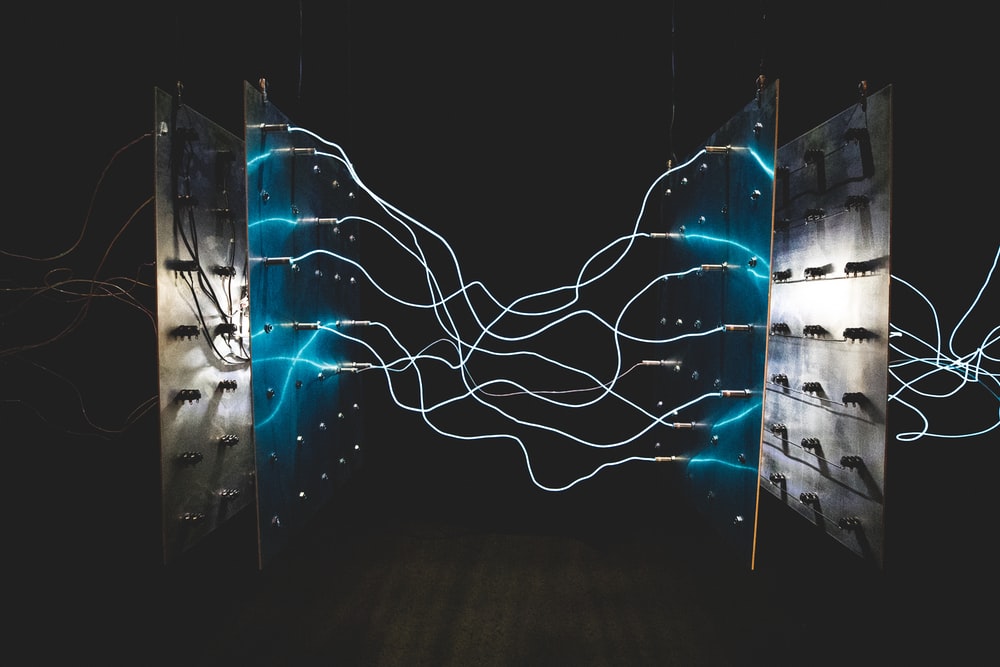An Ofgem investigation is underway to review the recent performance failure of a subsea cable delivered by two organisations and constructed by an Italian cable fabricator, citing a possible breach of licence conditions.
Scottish Power and the National Grid are subjected to an investigation by the energy regulator Ofgem over the ongoing operation and delivery of a £1.3 billion subsea cable, transporting energy across England, Wales, and Scotland.
Italian cable supplier Prysmian is also looking into the outage incident of the 385km Western Link High Voltage Direct Current (HVDC) interconnector to determine the root cause of the issue.
Ofgem Probe
The Western HVDC project jointly undertaken by the Scottish Power Transmission (SPT) and National Grid Electricity Transmission (NGET) suffered an outage last January 10 that caused the underwater cable to go offline.
This incident, along with other outage and late delivery issues, prompted the energy regulator to open the probe regarding the operators’ likely breach of licence conditions that tackle the provision of transmission services under the Electricity Act 1989.

The project was initially set for a late 2015 deadline, but electricity did not start transporting through the underwater cable until December 2017 and still wasn’t fully operational by then. The expected delivery date of the project was specified in the particular licence condition.
Ofgem reiterated that the launching of the investigation does not mean that findings have been made regarding the possible non-compliance by the operators SPT and NGET.
In a joint statement, the operators said that they would openly and transparently coordinate with Ofgem, pledging their full cooperation on the said probe.

The operators expressed their belief that the joint investment has benefited consumers since their service started in 2017, and vowed to continue delivering such benefits. The operators voiced their commitment to transporting clean energy to British homes and businesses through a dependable link.
Furthermore, SPT and NGET stated they are working their best to resolve the current cable fault. They also declared with certainty that they could overcome the difficulties to ensure that the interconnector serves the best interest of consumers for several years to come.
Investigation by Prysmian
Prysmian, the Italian cable supplier responsible for constructing the subsea cable, launched an enquiry into the tripping incident that occurred last January 10 involving the Scottish Power and National Grid’s Western Link HVDC interconnector.

Prysmian worked with German engineering powerhouse Siemens to complete the Western HVDC project. Siemens provided the converter stations for the said project. The 600kV rated cable has a 2.2 GW capacity and was initially described by UK ministers as the fitting symbol to the UK’s single electricity market.
The cable fabricator announced the ongoing investigation, anticipating to release reports following a thorough probe on the incident that caused the interconnector to go offline.
ScottishPower and the National Grid stated the fault might have occurred in Liverpool Bay during peak demand due to a temperature drop and high wind conditions.
SPT and NGET took over project operations in 2018. Around the same time, the subsea cable came into operation fully but was already three years behind the published schedule due to several issues.

The January 10 outage left consumers to pay a £5 million sum in constraint payments to onshore wind farm operators. The amount was made to cover the costs of powering down turbines when a blockage interrupts delivery to customers, and when power supply exceeds demands.
Renewable Energy Foundation director John Constable said there is no fine print as to the costs Western Link bears upon consumers based on annual standing charges.
However, Constable cited the apparent unreliability of the interconnector as the downside of the project. He noted that, so far, it has saddled customers with additional costs for powering down Scottish wind power.
The recent shutdown raised criticism on the expensive interconnector anew. Prysmian’s 2018 financial portfolio took a hit following the problems faced by the project, which consequently depressed shares in the world’s biggest cable fabricator.
